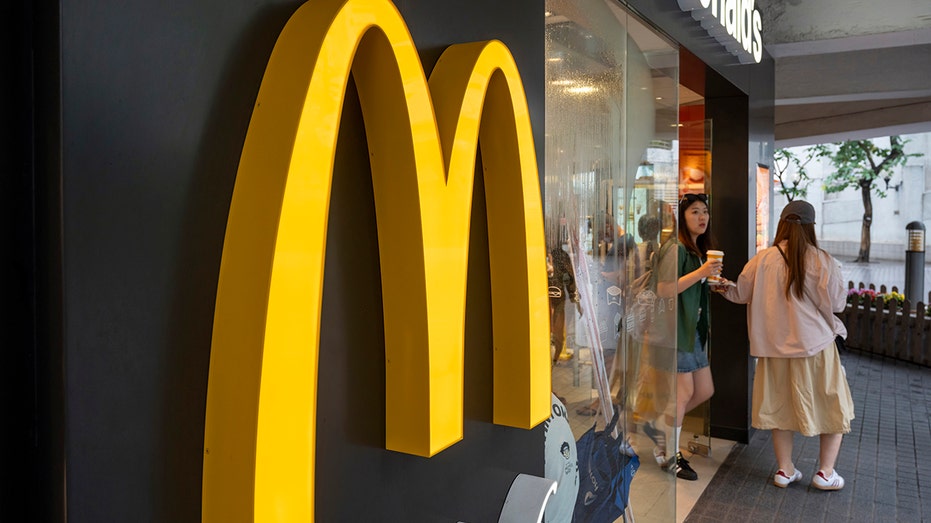Declining Fast Food Sales: A Reflection of Economic Uncertainty
Fast food favorites are taking a hit, and the latest data reveals a concerning trend for major chains like McDonald’s, Domino’s, and Chipotle as they face rising economic headwinds. As inflation looms large and consumer confidence dips, Americans are tightening their belts—even when it comes to a quick bite on the go.
McDonald’s Struggles Amid Economic Turmoil
In the first quarter, McDonald’s reported a 1% dip in global comparable sales, with a staggering 3.6% decline in the U.S. market alone. Analysts had braced for a slight uptick, but the reality was far grimmer, demonstrating how deeply economic worries are affecting consumer spending.
This downturn isn’t an isolated incident. Domino’s, Chipotle, and Starbucks have all echoed similar concerns, suggesting that diners are opting for less expensive options as they navigate an increasingly bleak economic landscape. For a detailed analysis, check out the full report on consumer confidence.

Customers are seen leaving a McDonald’s in Hong Kong. (Sebastian Ng/SOPA Images/LightRocket via / Getty Images)
Economic Pressures and Consumer Behavior
The struggles of these fast-food giants come as no surprise. A report from eMarketer underscores that less affluent consumers are the most affected by rising costs, often cutting back on dining out to save money.
The Impact of Inflation and Uncertainty
With recent tariff changes and geopolitical tensions, consumers are feeling economic pressure like never before. U.S. GDP contracted for the first time in three years, raising alarm bells for a potential recession.
In a recent earnings call, McDonald’s CEO Chris Kempczinski stated, "Geopolitical tensions have added to the economic uncertainty and dampened consumer sentiment more than we expected." This sentiment is echoed by Chipotle’s CEO, Scott Boatwright, who noted that economic uncertainty is leading consumers to significantly reduce their restaurant visits, citing cost-saving as the primary motivator.
The Divide in Consumer Spending
Interestingly, there appears to be a growing divide among consumers. High-income customers are still enjoying their fast-food favorites, while low- and middle-income consumers are cutting back.
Kempczinski observed, “Traffic from low-income consumers was down nearly double digits, and middle-income fast-food eaters fell nearly as much.” This divide suggests a complex landscape where economic pressures are affecting the dining habits of various socioeconomic groups differently.
Strategies for Survival
Despite these challenges, McDonald’s remains optimistic. The company is focusing on value and affordability to attract more customers. Their $5 meal deal will continue to be a staple on the menu throughout the year, providing an affordable option amid rising prices.
“In an environment like this, value is paramount,” Kempczinski noted—an admission that quality fast food must also come with a price point that reflects current consumer sentiment.
Looking Ahead
What’s next for the fast-food industry? As companies like Chipotle plan for new ventures, including opening locations in Mexico by 2026, a keen eye on consumer spending habits will be critical.
For a sneak peek into Chipotle’s growth strategy, check out their latest expansion news here.
Conclusion
The evolving landscape of fast food in America is a telling reflection of broader economic trends. As inflation affects consumer choices, chains like McDonald’s and Chipotle are adapting to maintain relevance. While the future appears uncertain, these brands are continually innovating in response to the changing needs of their customers.
In a world where every dollar counts, successfully navigating these economic challenges will determine which fast-food giants remain on top. For now, it seems the days of indulgent fast food may be waning as diners reconsider their appetites in light of an uncertain economic future.





